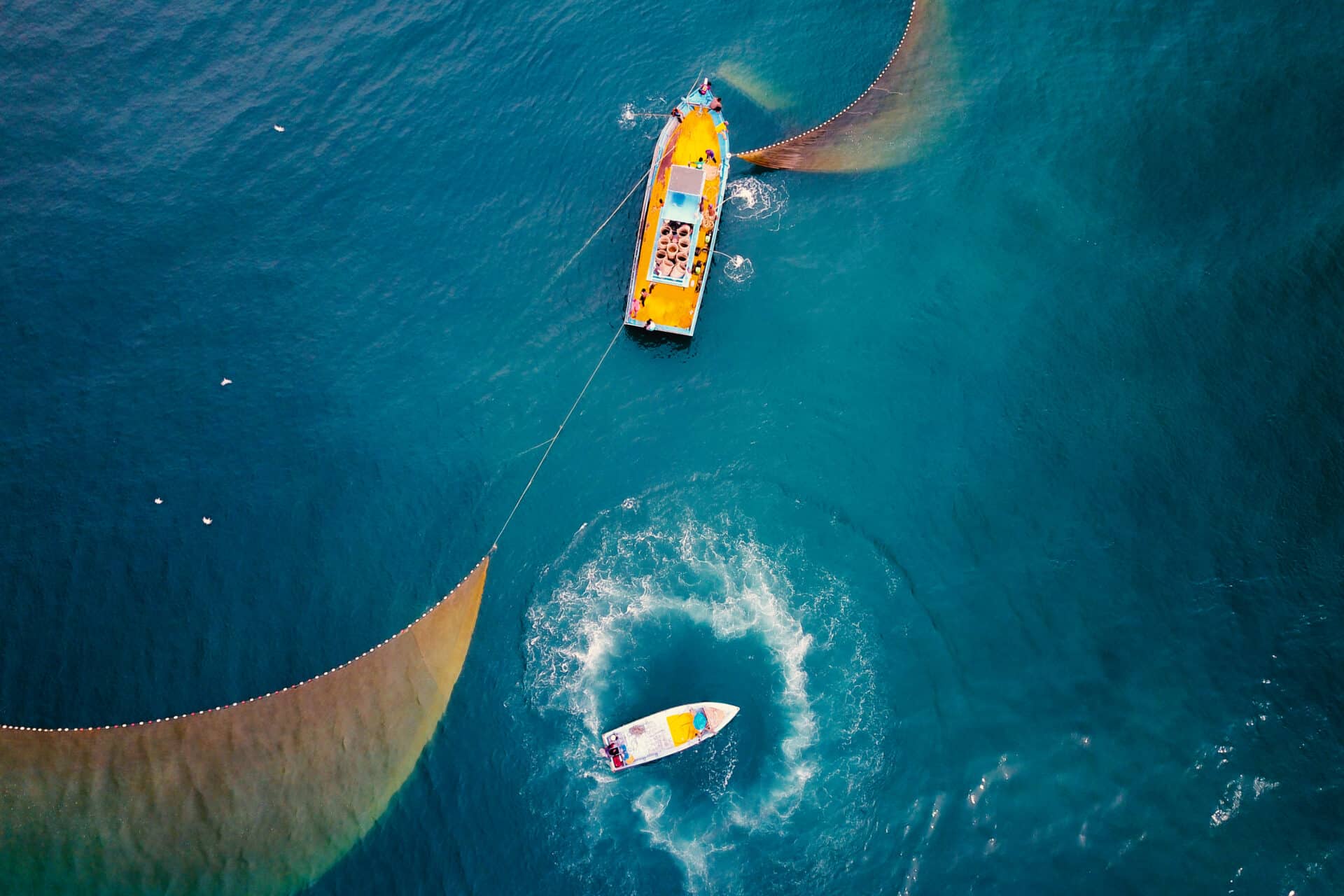Distilled water is water that has been purified of all contaminants, including minerals and other impurities. Distilled water is often used for drinking, cooking, and medical purposes, as it is free from any impurities that can cause health problems. Making your own distilled water at home can be a simple process with the right equipment. In this guide, we will explain how to make regular water distilled.Distilled water is water that has been heated to the point of vaporization and then cooled to condense the vapor into a pure liquid form. The process removes impurities such as bacteria, minerals, and other substances that are found in normal tap or spring water. Distilled water is used in many applications, including drinking, cooking, medical treatments, automotive systems, and many other uses.
The Difference Between Distilled and Regular Water
Water is essential to life, but not all water is created equally. Distilled water and regular water are two types of water that differ in their composition and uses.
Regular water is the most common type of water, sourced from lakes, rivers, and underground aquifers. Regular water contains dissolved minerals, like calcium and magnesium, which give it a specific taste. It also contains chlorine and other disinfectants that are added to the water by the local municipality for purification.
Distilled water has almost all of its mineral content removed through a process called distillation. In this process, the regular water is heated until it turns into vapor. The vapor is then condensed back into liquid form, leaving behind any contaminants or dissolved solids in the original sample. As a result, distilled water has a more neutral taste than regular water.
One of the major differences between distilled and regular water is how they are used. Distilled water is often used for medical purposes such as intravenous injections or for laboratory experiments where purity is important. On the other hand, regular tap or bottled drinking waters are suitable for daily hyd
Why Make Distilled Water?
Distilled water is made by a process called distillation, which involves boiling water and then condensing the steam into a clean container. This process eliminates impurities from the water, making it pure and free from bacteria, viruses, and other contaminants. It also removes dissolved minerals like calcium and magnesium, which can cause water to taste unpleasant or make it hard. Distilled water is often used in medical or laboratory settings where it is important to have pure water for analysis or to prepare medications. It is also commonly used for steam irons, humidifiers, car batteries, aquariums, lead-acid batteries, and other applications where pure water is necessary. Additionally, many people prefer the taste of distilled water for drinking and cooking purposes.
Distillation can be done on a small scale in the home with simple equipment like a pot and lid or specially designed stills. By boiling the water in a pot over medium heat until it reaches its boiling point of 212°F (100°C), any contaminants are vaporized. The steam is then collected in another container that’s cooled down by an ice bath or cold running tap
How to Boil Water for Distillation
Distillation is a process used to separate liquids from solids or separate two liquids with different boiling points. Boiling water is an important step in distillation as it helps the liquid evaporate, leaving behind any impurities. Here are some tips on how to boil water for distillation.
First, make sure that you have a pot or container that is large enough to hold the amount of water you need to distill. You should also fill the pot with cold water and add a few drops of food-grade mineral oil to help reduce foaming during the boiling process.
Next, place the pot on your stovetop and begin heating it up. Make sure that you keep an eye on it as you don’t want the water to boil over. When it starts boiling, set your timer for 15 minutes and let it continue boiling until the timer goes off.
Once your timer goes off, turn off the heat and allow the pot of boiled water to cool down before beginning your distillation process. Make sure that you use a sealed container
How to Filter Boiled Water
Boiling water is a great way to make sure it is safe to drink, but it can also remove some of the important minerals. To ensure your boiled water retains its nutritional benefits, you can filter it. There are several methods for filtering boiled water, including using a coffee filter or a cloth-lined strainer. Here’s how to do it:
Start by bringing the water to a rolling boil in a pot on the stove or in a kettle. Once it reaches boiling point, turn off the heat and let the water cool slightly before proceeding.
If you’re using a coffee filter, place it inside a funnel and then position the funnel over the top of a glass or jar. Pour the boiled water slowly into the funnel and let it pass through the filter. Discard any residue left behind in the filter.
If you’re using a cloth-lined strainer, place it over another pot or bowl and then slowly pour your boiled water through it. This will help remove any sediment that

Distillation of Water
Distillation is a process of separating different liquids from each other or from other substances by heating them to their boiling points. Water distillation is a common method used to purify water, removing impurities and contaminants from it. To distill water, certain equipment is needed, such as a heat source, a container to hold the contaminated water, and some form of cooling device.
Heat Source
A heat source is required for distilling water, as the process involves heating the contaminated water until it boils. This can be done using an open flame or an electrical element, such as a hot plate or electric stovetop burner. The heat source should be strong enough to boil the contaminated water without taking too long to do so.
Container
The container used to hold the contaminated water must be made of material that does not react with the contaminants in the water and that can withstand high temperatures. Glass containers are often used for this purpose because they are non-reactive and can withstand high temperatures without breaking. In addition, they have good thermal conductivity so
Preparing the Equipment for Distillation
Distillation is an important step in many laboratory processes. Before beginning a distillation process, it is important to properly prepare the equipment used. This includes checking the components of the apparatus for proper fit and function, as well as ensuring that there are no leaks or blockages in any of the connecting parts. All of the necessary glassware should be inspected for cracks or damage that may affect its performance during distillation. The seals and valves should also be checked to make sure they are in proper working order. If necessary, new seals or valves should be installed before beginning the process.
Once all of the components have been checked and replaced as needed, they must be connected together securely. It is important to ensure that all connections are properly tightened to avoid any leaks or other issues during distillation. Once everything is connected, the equipment should be tested with water to make sure that there are no leaks present before starting a distillation process with other materials.
Finally, it is important to check that all of the necessary materials are present and ready for use before starting a distillation process. This
Collecting the Distilled Water
Distilling water is a process of purifying it to remove any contaminants and minerals. It involves boiling the water to create steam, which is then condensed back into liquid form. The resulting liquid, known as distilled water, is much purer than regular tap or bottled water. Collecting distilled water can be done in a few different ways.
The most common method of collecting distilled water is using a condenser. A condenser is a device that uses heat to boil the water and then captures the steam, which is condensed back into liquid form. This condensed liquid is then collected in a container for use. Condensers are relatively inexpensive and can be found at most hardware stores or online.
Another way to collect distilled water is by using an evaporator. An evaporator works similarly to a condenser but instead of capturing the steam, it captures the evaporated liquid from the boiling process. This evaporated liquid can then be collected and used for various purposes such as drinking or cooking.
Finally, some people also use distillation columns to collect distilled water from their tap or other sources. Distillation

Conclusion
The process of making your own distilled water is simple and straightforward. All it requires is a clean container, a source of heat, and a condensation system. With just these basic materials, you can easily create your own batch of distilled water in the comfort of your own home.
Distilled water is incredibly useful for cleaning and sterilizing purposes – whether you need it for your fish tank or for use in medical settings. It can also be used to make homemade beverages such as coffee, tea, and alcohol.
No matter what you plan to use it for, making distilled water at home is a great way to save money and gain access to this valuable resource. With the right materials and the steps outlined in this article, you can start making your own distilled water today!

